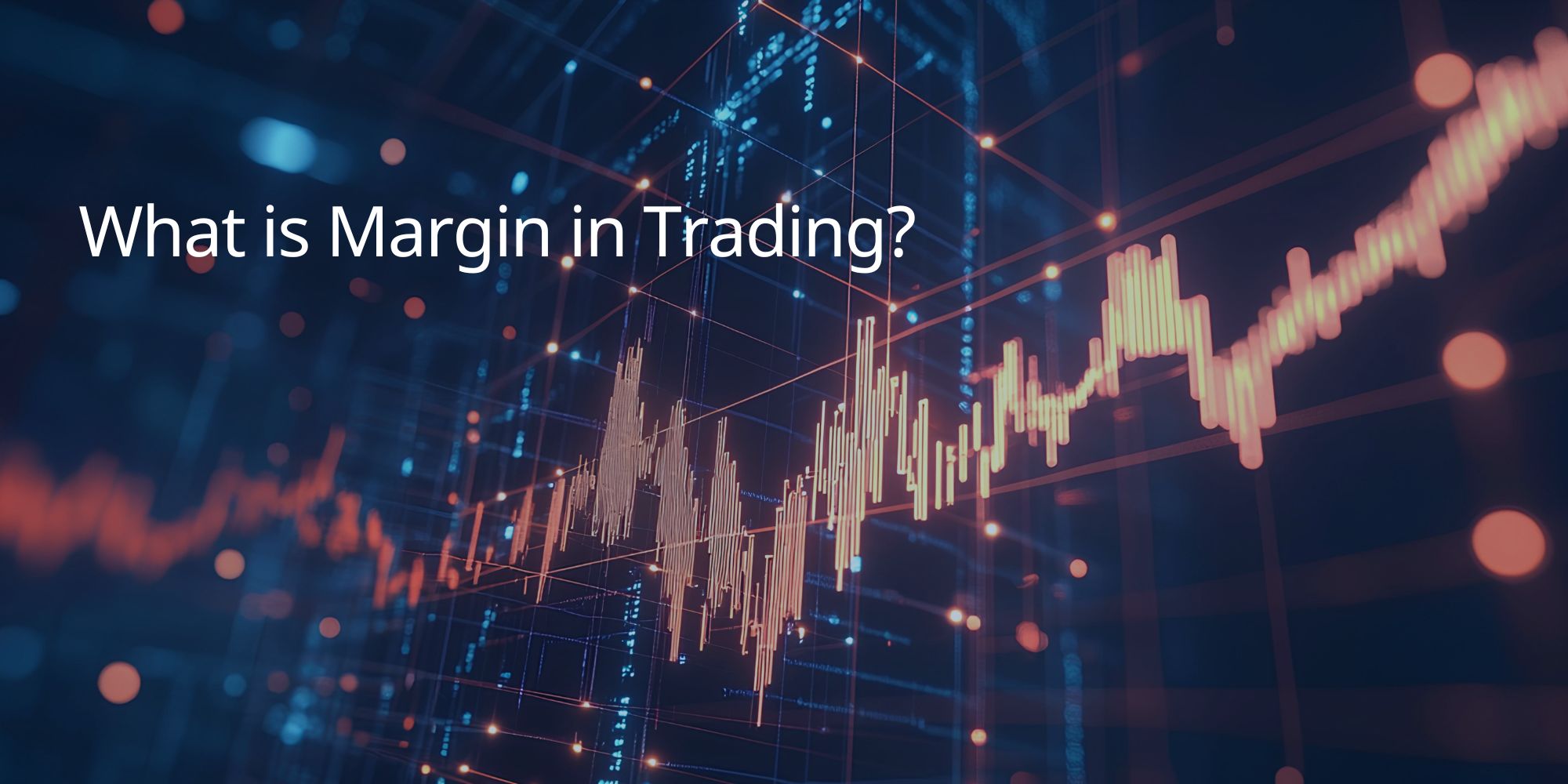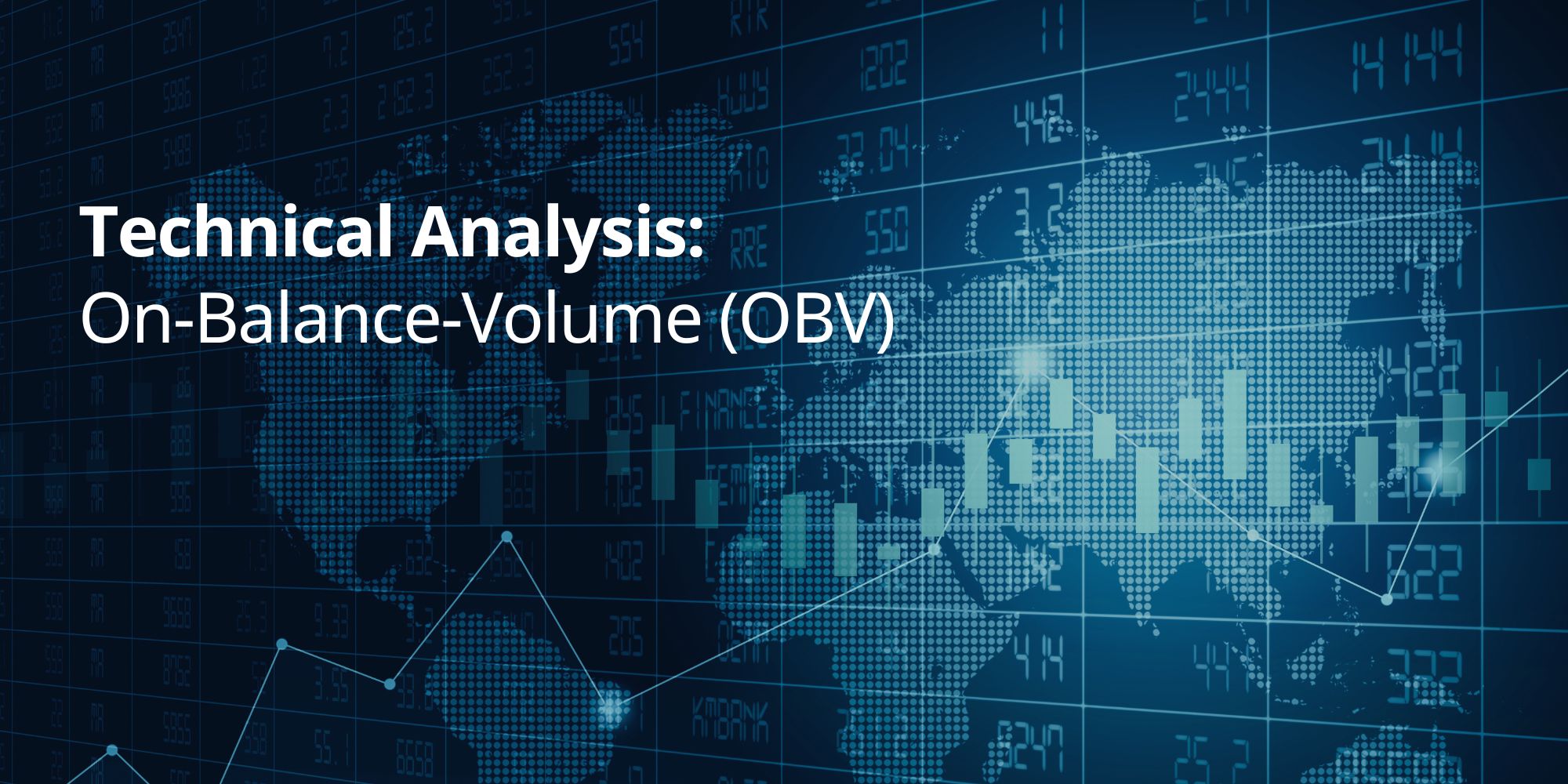Introduction
Margin is a key concept in forex trading that allows you to control larger positions with a smaller amount of capital. It’s essentially like borrowing money from your broker to amplify your trading power.
This comprehensive guide from Plexytrade explores margin trading in detail. We’ll cover:
- What margin is and how it works.
- The benefits and risks of using margin.
- How to calculate margin requirements.
- Essential risk management techniques for margin trading.
Whether you’re a beginner or an experienced trader, understanding margin is essential for success in the forex market. Plexytrade provides the tools and resources you need to trade responsibly, including advanced trading platforms like MetaTrader 4 (MT4) and MetaTrader 5 (MT5), competitive leverage options, and educational materials.
What is the Margin in Trading?
Margin is a key concept in trading that allows you to control a larger position with a smaller amount of capital. It’s essentially a loan from your broker that amplifies your buying power.
Example:
Let’s say you want to buy $10,000 worth of stock. With a 10% margin requirement, you would only need to deposit $1,000 of your own money. The remaining $9,000 would be borrowed from your broker.
How Margin Works:
When you trade on margin, you’re only required to put up a portion of the total trade value as collateral. This collateral is called your “margin.” The remaining amount is borrowed from your broker.
Understanding Margin Requirements
Margin requirements are a crucial aspect of margin trading. They determine how much of your own money you need to put up as collateral when you borrow from your broker to trade.
Types of Margin Requirements:
- Initial Margin: This is the percentage of the total trade value that you must initially fund with your own cash. For example, if the initial margin requirement is 50% and you want to buy $10,000 worth of stock, you’ll need to deposit $5,000 of your own money.
- Maintenance Margin: This is the minimum amount of equity you need to maintain in your margin account to keep your positions open. If your account equity falls below this level, you’ll receive a margin call from your broker, requiring you to deposit more funds or close some of your positions.
Why Margin Requirements Exist:
Margin requirements protect both traders and brokers.
- For Traders: They help prevent traders from taking on excessive risk and losing more money than they can afford.
- For Brokers: They protect brokers from losses if a trader’s positions move against them and they cannot cover their debt.
Advantages of Margin Trading
Margin trading can be a powerful tool for investors and traders, offering several key benefits:
- Increased Buying Power: Margin allows you to leverage your existing capital to control larger positions in the market. This means you can buy more securities than you could with your own cash alone, potentially increasing your profits.
- Magnified Profits: When you trade on margin, your profits are calculated on the total value of the investment, not just the amount of your own money you put in. This can significantly amplify your returns if the market moves in your favor.
- Portfolio Diversification: Margin trading enables you to diversify your portfolio by investing in a wider range of assets. This can help spread your risk and potentially improve your overall returns.
- Enhanced Market Access: Margin trading gives you the flexibility to react quickly to market opportunities. You can enter and exit trades more easily, even if you don’t have the full cash amount available at that moment.
Example:
Let’s say you have $5,000 in your trading account and want to buy $10,000 worth of stock. With a 50% margin requirement, you can borrow the remaining $5,000 from your broker. If the stock price increases by 20%, your $10,000 investment would now be worth $12,000. After repaying the $5,000 loan to your broker, you would have $7,000 left, resulting in a 40% return on your initial $5,000 investment.
Risks of Margin Trading: What You Need to Know
Margin trading can be a powerful tool for amplifying your profits, but it’s essential to understand the risks involved before you use it.
- Market Risk: The most obvious risk is that the market might move against you. When you trade on margin, your losses are magnified, which means you could lose more money than you initially invested.
- Margin Call Risk: If your account equity falls below the maintenance margin requirement, your broker may issue a margin call. This means you’ll need to deposit more funds or close some of your positions to meet the margin requirements. Failure to do so could result in your broker liquidating your positions, potentially at a loss.
- Liquidity Risk: In volatile markets, it might be difficult to sell your positions quickly at a favorable price. This is known as liquidity risk. If you need to sell quickly to meet a margin call, you might have to accept a lower price than you’d like, increasing your losses.
- Interest Rate Risk: When you trade on margin, you’re borrowing money from your broker, and you’ll typically pay interest on that loan. If interest rates rise, your borrowing costs will increase, which can eat into your profits or add to your losses.
- Emotional Risk: Trading with leverage can be emotionally charged. The fear of losing money or the excitement of potential gains can lead to impulsive decisions that deviate from your trading plan.
- Regulatory Risk: Changes in regulations can affect margin requirements and other aspects of trading, potentially impacting your trading strategy and costs.
How to Manage Risk When Trading on Margin
Margin trading can amplify your profits, but it also increases your risk. Here are some essential strategies for managing risk when trading on margin:
- Understand Margin Requirements: Know your broker’s initial and maintenance margin requirements. This will help you avoid margin calls, which can force you to deposit more funds or close positions at a loss.
- Set a Risk Tolerance: Determine how much of your capital you’re willing to risk on each trade. This will help you control your position sizes and avoid taking on excessive risk.
- Use Stop-Loss Orders: Stop-loss orders are essential for limiting potential losses. They automatically close your position if the price moves against you by a certain amount.
- Diversify Your Portfolio: Don’t put all your eggs in one basket. Diversify your investments across different assets and sectors to reduce your overall risk.
- Stay Informed: Keep up-to-date on market news and events that could affect the assets you’re trading. This will help you anticipate potential risks and adjust your strategy accordingly.
- Monitor Your Account: Regularly review your account balance, available margin, and open positions. This will help you stay on top of your margin requirements and make necessary adjustments to your trades.
- Use Leverage Wisely: Higher leverage means higher risk. Choose a leverage ratio that aligns with your risk tolerance and trading experience.
- Develop an Exit Strategy: Have a clear plan for when you’ll exit your trades, whether you’re taking profits or cutting losses. This will help you stay disciplined and avoid emotional decision-making.
Plexytrade provides traders with educational resources and risk management tools to help them understand and manage the risks of margin trading. Our advanced trading platforms allow you to set stop-loss orders, monitor your account in real time, and access a variety of risk management features.
Margin Calls: What They Are and How to Respond
A margin call is a notification from your broker that the equity in your margin account has fallen below the minimum requirement (the maintenance margin). This usually happens when your trading positions incur losses, reducing your account value.
What Triggers a Margin Call?
- Market Volatility: Adverse price movements in the assets you’re trading can decrease your account equity.
- Excessive Leverage: Using high leverage can amplify losses and increase the risk of a margin call.
- Insufficient Margin: Not depositing enough margin initially or failing to meet margin calls can lead to further calls or even liquidation.
How to Respond to a Margin Call:
If you receive a margin call, you need to take action promptly. Here are some options:
- Deposit More Funds: Deposit additional funds into your account to bring your equity back above the maintenance margin requirement.
- Close Positions: Sell some of your holdings to reduce your margin requirements and free up cash.
- Adjust Your Strategy: Consider reducing your overall risk exposure or adjusting your trading strategy to one that requires less margin.
Preventing Margin Calls:
- Monitor Your Account: Regularly review your account balance, available margin, and open positions.
- Use Stop-Loss Orders: Stop-loss orders can help limit potential losses and reduce the risk of margin calls.
- Manage Your Leverage: Choose a leverage ratio that aligns with your risk tolerance and trading strategy.
- Stay Informed: Be aware of market events and news that could impact your positions.
Consequences of Ignoring a Margin Call:
If you fail to respond to a margin call, your broker may liquidate your positions to bring your account back into compliance with margin requirements. This can result in significant losses, especially in volatile market conditions.
Conclusion
Margin trading can be a powerful tool for traders who want to increase their buying power and potentially magnify their profits. However, it’s essential to understand the risks involved and use margin responsibly.
Plexytrade provides the ideal environment for margin trading, offering:
- Competitive Leverage: Access leverage ratios up to 1:2000, allowing you to control larger positions with a smaller amount of capital.
- Flexible Margin Requirements: Choose from a variety of account types with different margin requirements to suit your trading style and risk tolerance.
- Advanced Trading Platforms: Our MT4 and MT5 platforms provide the tools and features you need to manage your margin positions effectively.
- Risk Management Tools: Utilize stop-loss orders, take-profit orders, and other risk management tools to protect your capital.
- Expert Support: Our 24/5 customer support team is always available to assist you with any questions or challenges you may encounter.
Ready to unlock the potential of margin trading?
- Open a Plexytrade account today and explore our advanced trading platforms.
- Practice your margin trading strategies risk-free with our demo account.
- Start live trading with a minimum deposit of just $50.
Join the Plexytrade community and experience the benefits of trading with a broker that prioritizes your success and safety. Visit Plexytrade.com now to register and start your margin trading journey.















